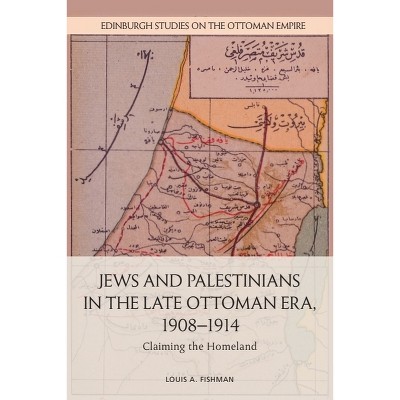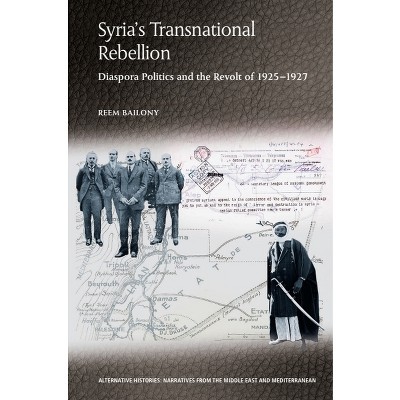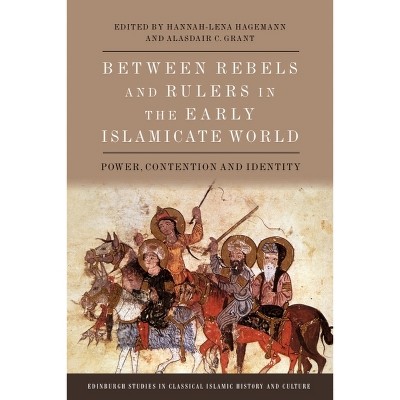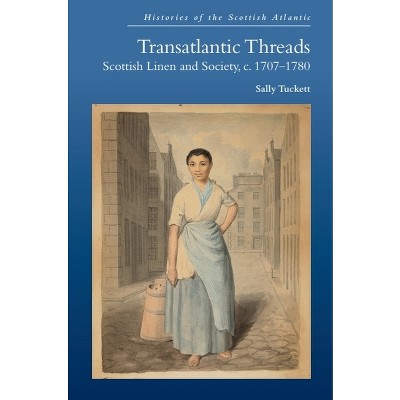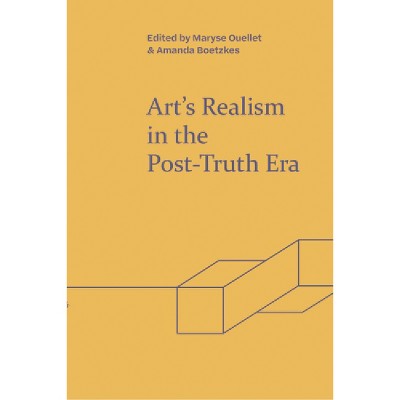Sponsored

Persian World Histories in the Mongol Era - (Islamicate East: New Approaches to Texts and History) (Hardcover)
Pre-order
Sponsored
About this item
Highlights
- This collection of essays brings together codicological, historiographical and art-historical studies of Medieval Persian history manuscripts.
- Author(s): Tomoko Masuya & Osamu Otsuka & Masatomo Kawamoto
- 472 Pages
- History, Middle East
- Series Name: Islamicate East: New Approaches to Texts and History
Description
About the Book
Examines how world histories were produced in Ilkhanid and Timurid Iran.Book Synopsis
This collection of essays brings together codicological, historiographical and art-historical studies of Medieval Persian history manuscripts. The main subject is Rashīd al-Dīn's Jāmiʿ al-tavārīkh (Compendium of Chronicles). Considered the first 'world history', it was originally written in Persian in the early fourteenth century, when vast areas of the Eurasian continent were under Mongol rule. There is also a particular focus on Persian manuscripts preserved in India, which have heretofore been largely ignored. Though developed and sophisticated, Japanese studies on the Jāmiʿ al-tavārīkh remain mostly unknown outside of Japan due to the language barrier. In this volume, Japanese scholars offer their East Asian perspective on this and other West Asian histories for the first time in English, using not only Persian but also Chinese and Sanskrit sources.
Through a comparative analysis of a number of manuscripts, the volume tackles various questions concerning the production of texts during the Ilkhanid and Timurid periods. It reveals valuable clues regarding the sources used in historical writings, the process of writing, revising and illustrating the manuscripts, and the production of copies and recensions in the Persianate realms under Mongol rule.Review Quotes
This is an interesting collection of papers produced by Japanese scholars on the medieval historiography of Iran that will help to make their long tradition in Persian studies better known in the west. The papers deal with a good range of topics, centring the analysis on the works of Rashid al-Din but including also some very useful comparisons with authors such as Banakati. The core of the text is based on the Rampur corpus of manuscripts of the Jāmiʿ al-tavārīkh and focuses on aspects of manuscript studies, art history and history.--Bruno De Nicola, Austrian Academy of Sciences






